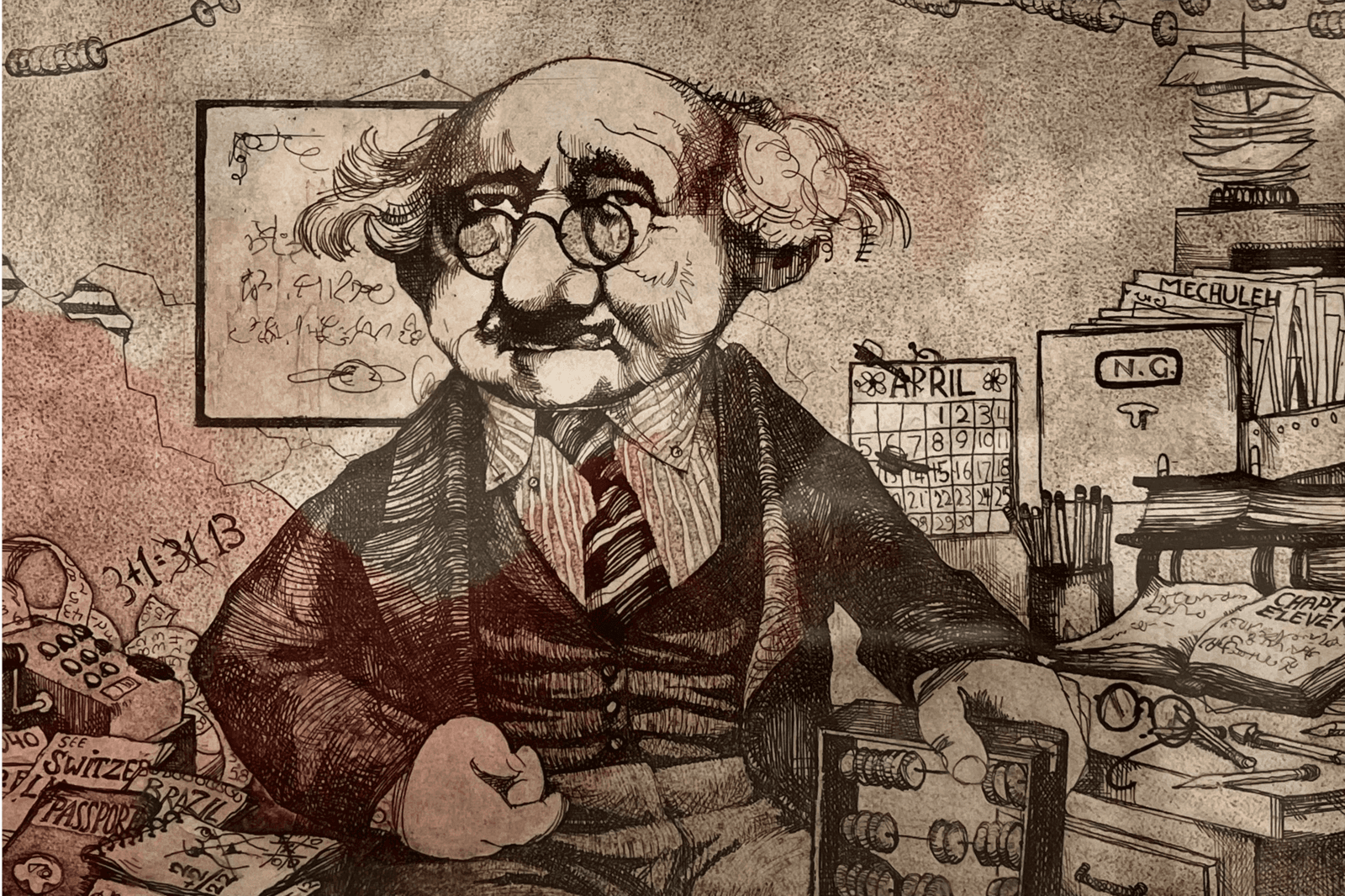
Charles Bragg was born in St. Louis, Missouri, in 1931. His parents were Vaudeville performers, and he spent most of his young life traveling on tour with them. During his teenage years, he attended New York’s High School of Music & Art in Harlem. At 18, he ran away with his high school sweetheart, fellow artist Jennie Tomao. Before pursuing art, Bragg worked as a cow driver, truck driver, stand-up comedian, and factory worker. He eventually settled in California, where he began his artistic career painting portraits of wealthy families and offering art lessons. As he developed his own creative voice, Bragg found success with his humorous and satirical works, which often highlighted flaws in American society. His political opinions and social observations were central to his art. Bragg described himself as a “devoted student of the human race” and an “observer.” Bragg’s works have been exhibited in museums and galleries worldwide, and he received commissions from Playboy magazine. In 1986, PBS produced a documentary about him titled Charles Bragg – One of a Kind. One of his lithographs, The Screen Goddess, is featured prominently in the opening scene of Robert Altman’s 1992 film The Player.


